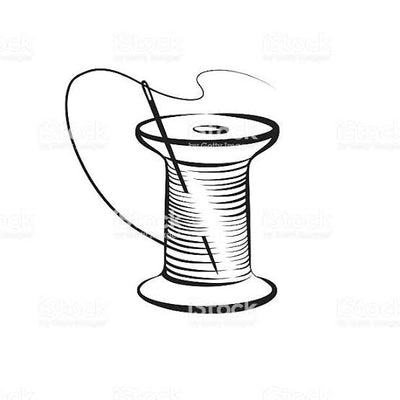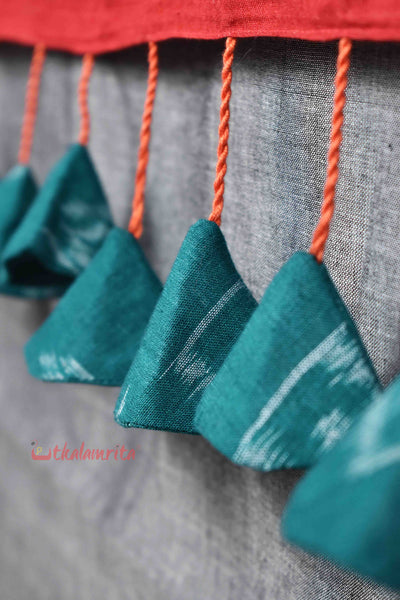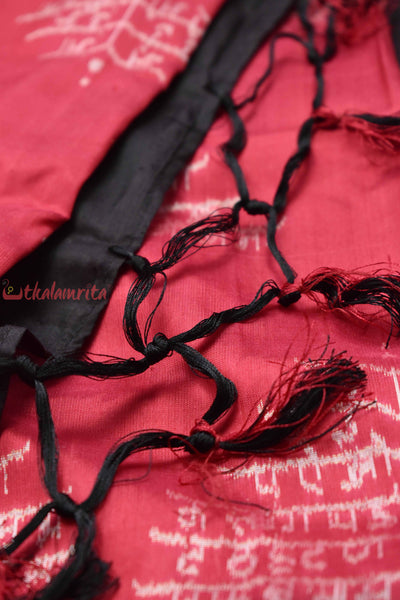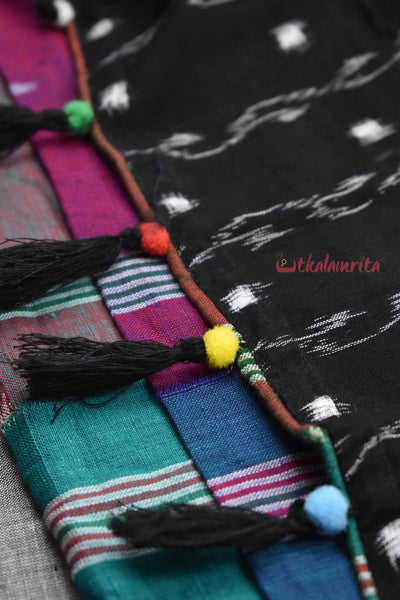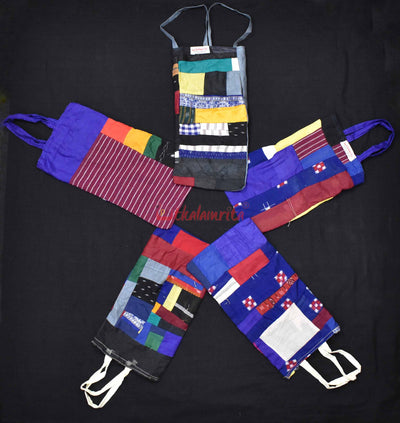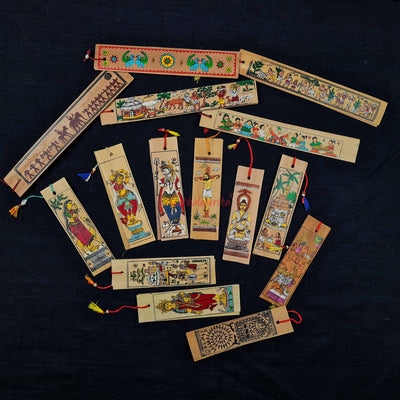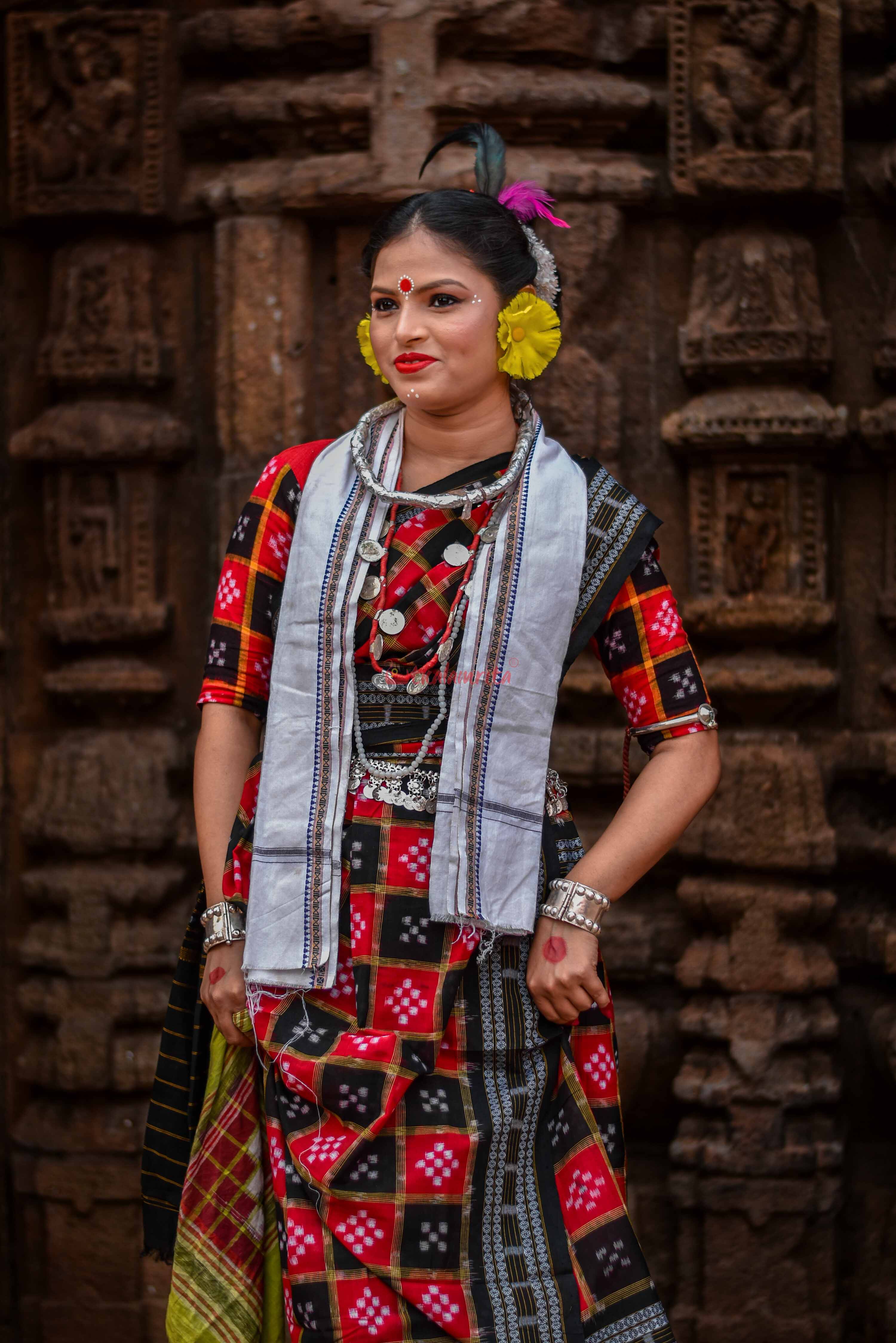
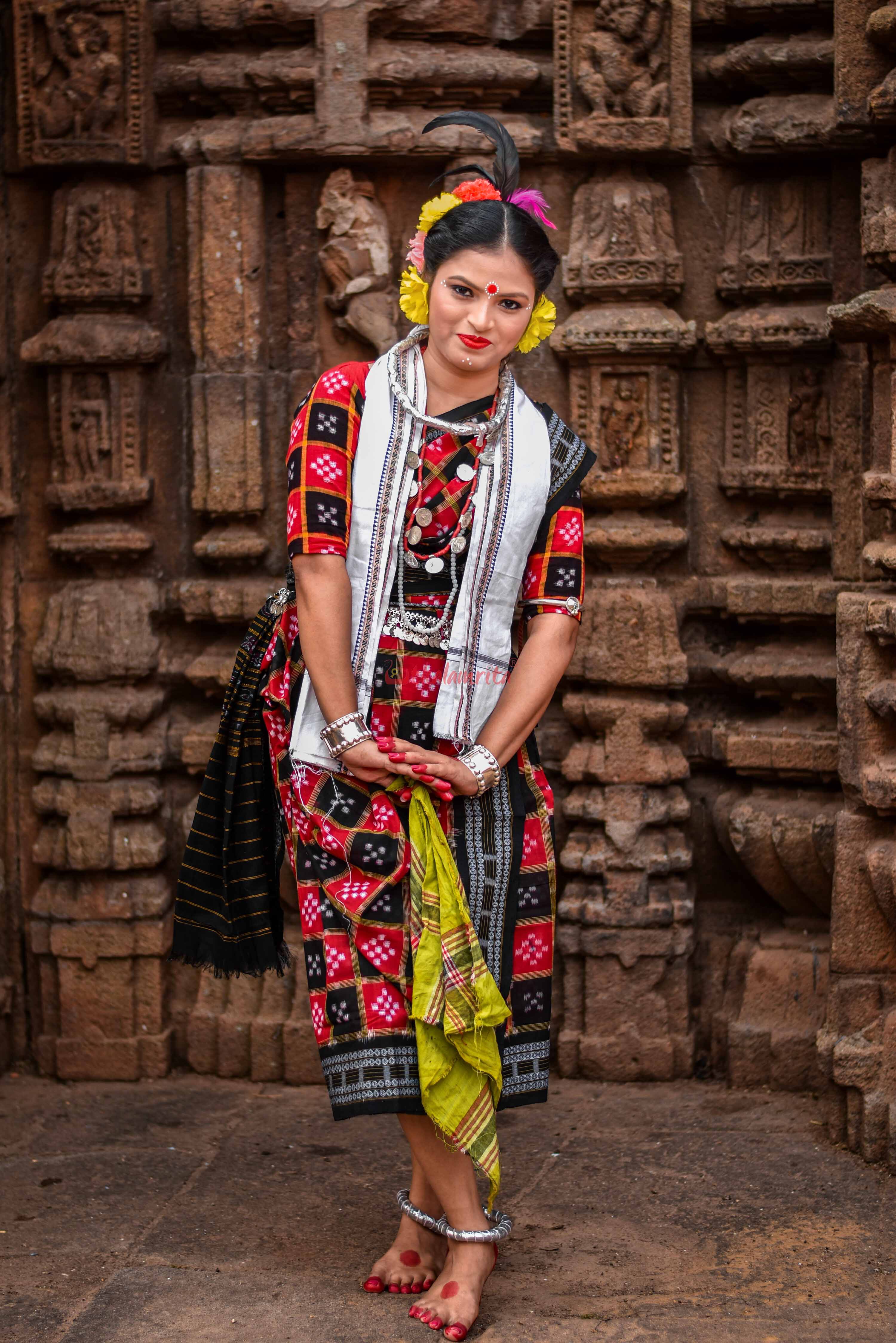
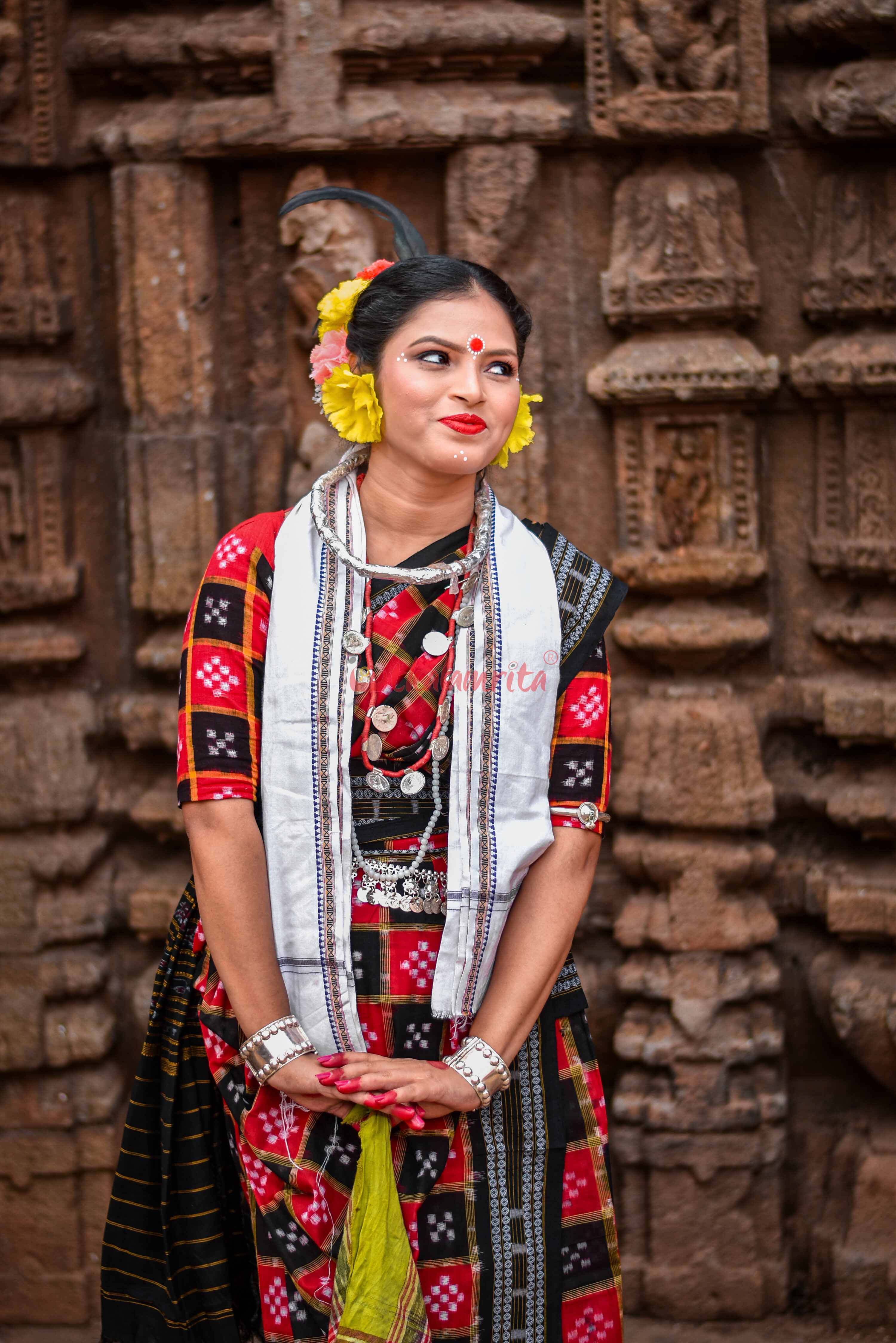
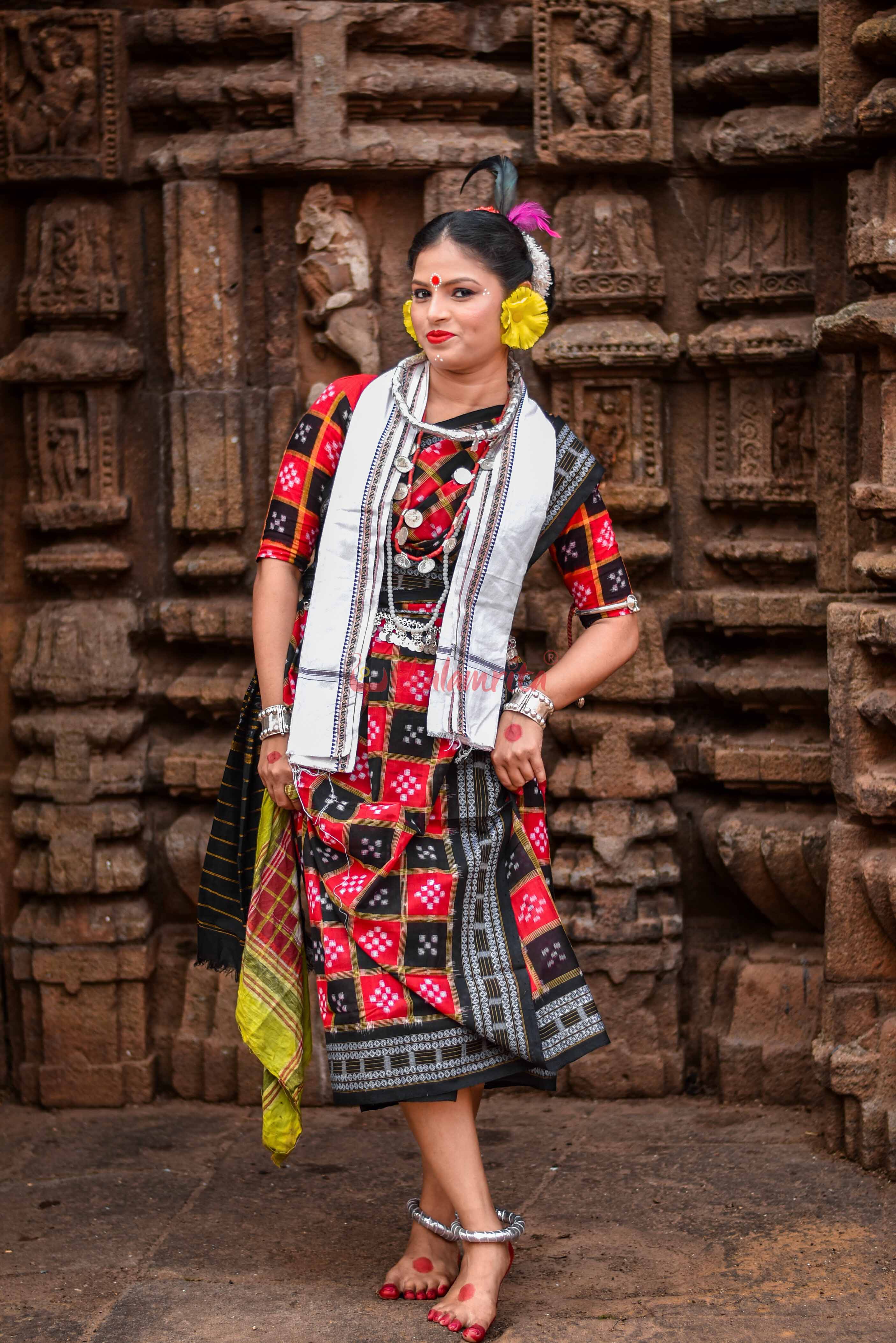
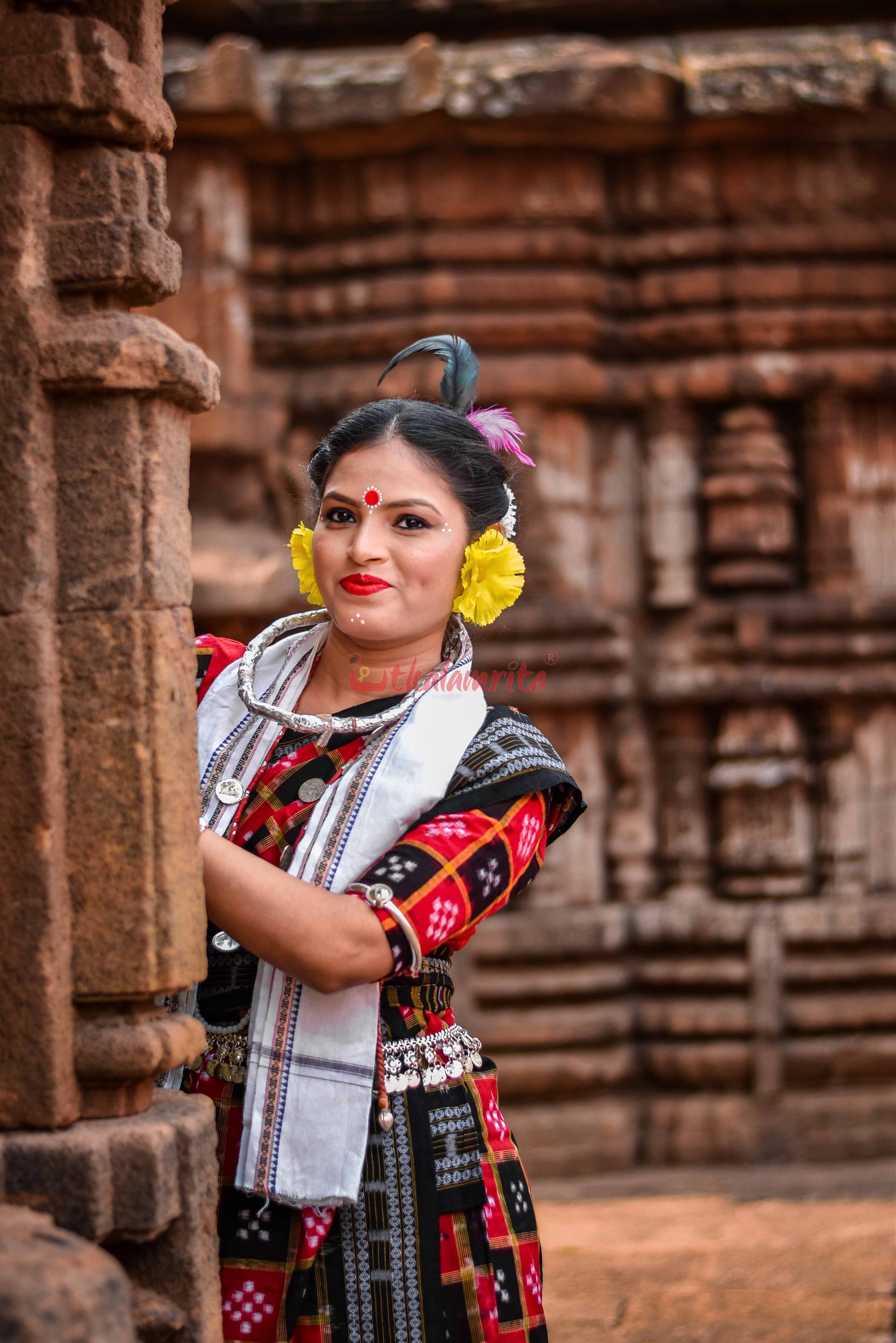
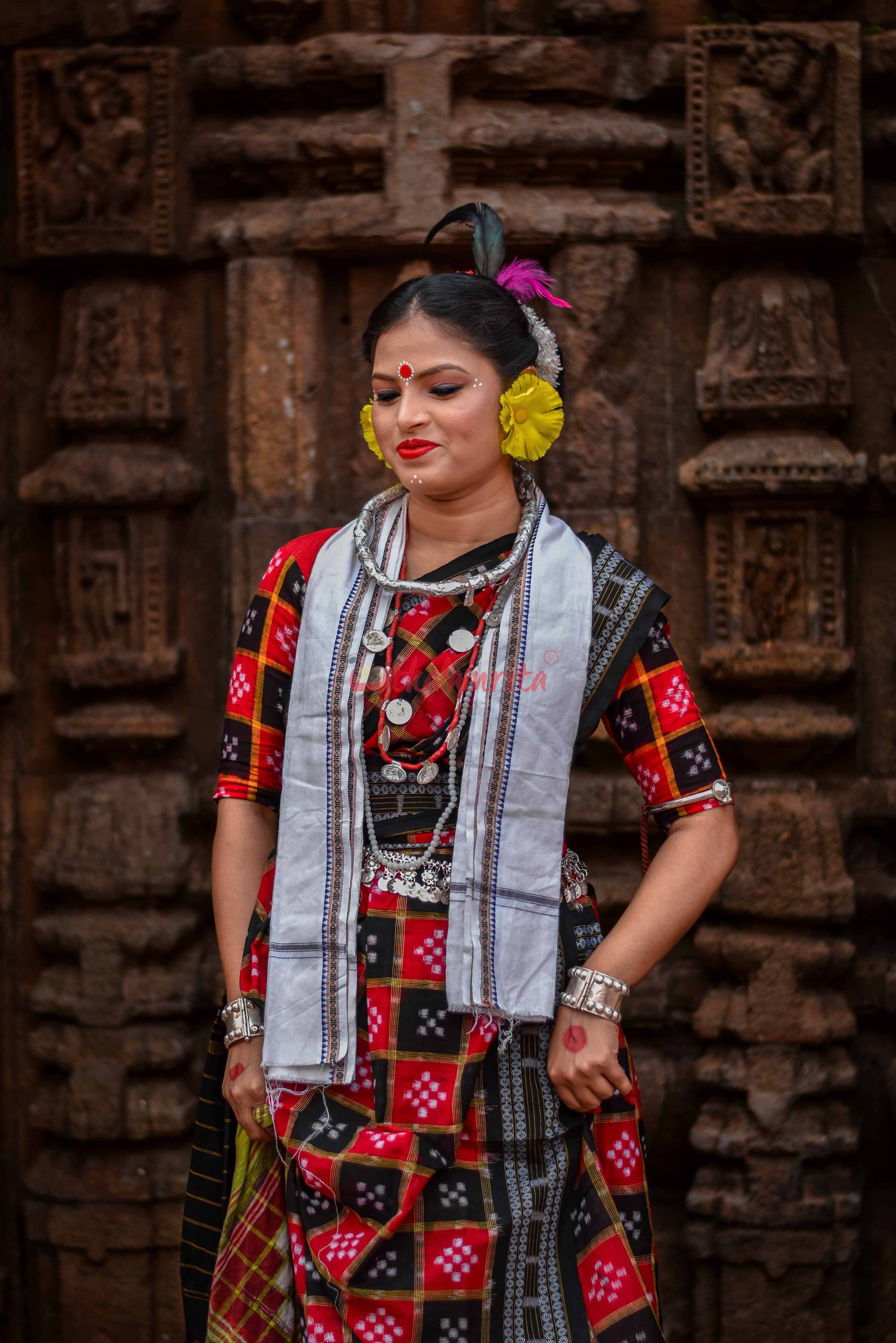
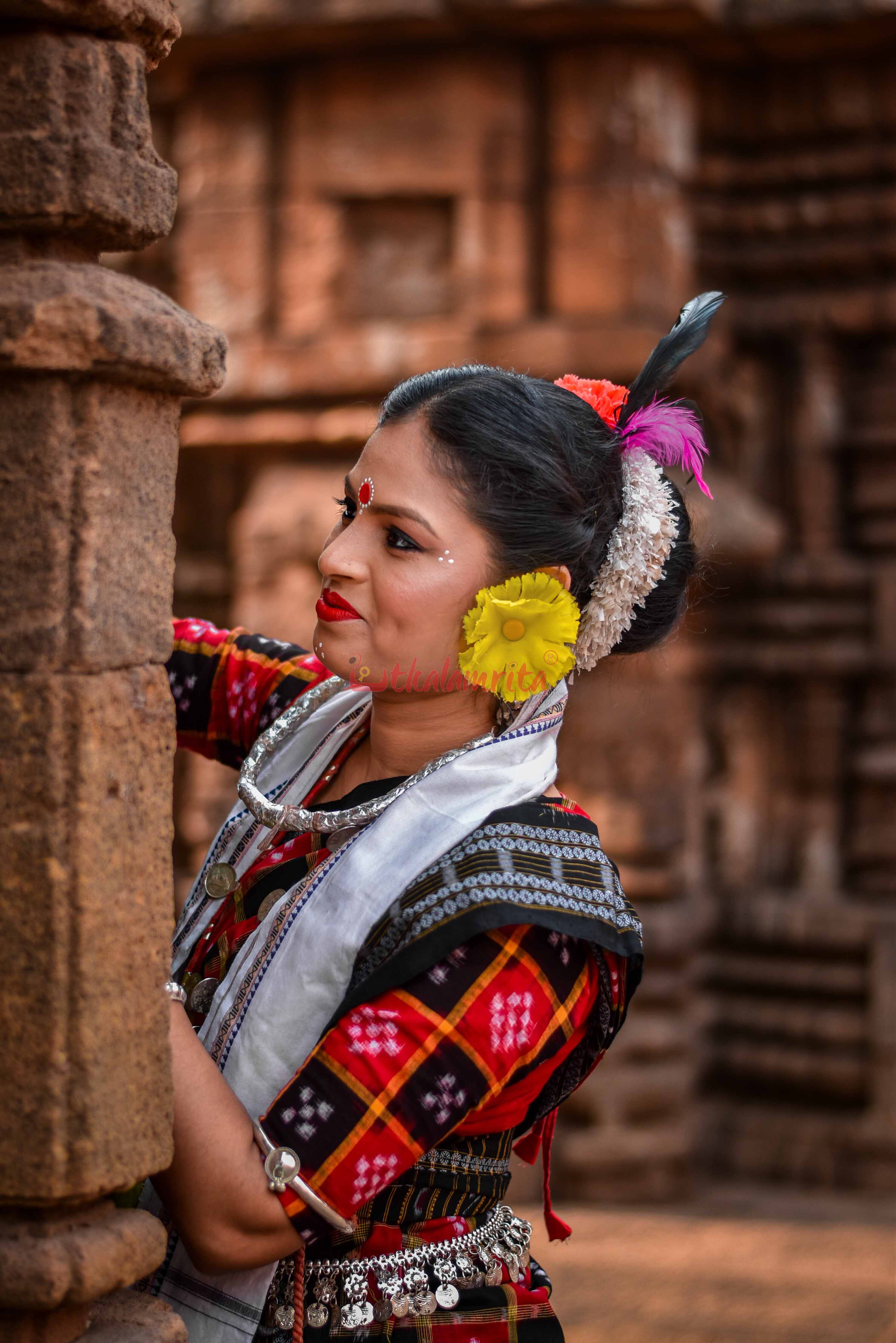
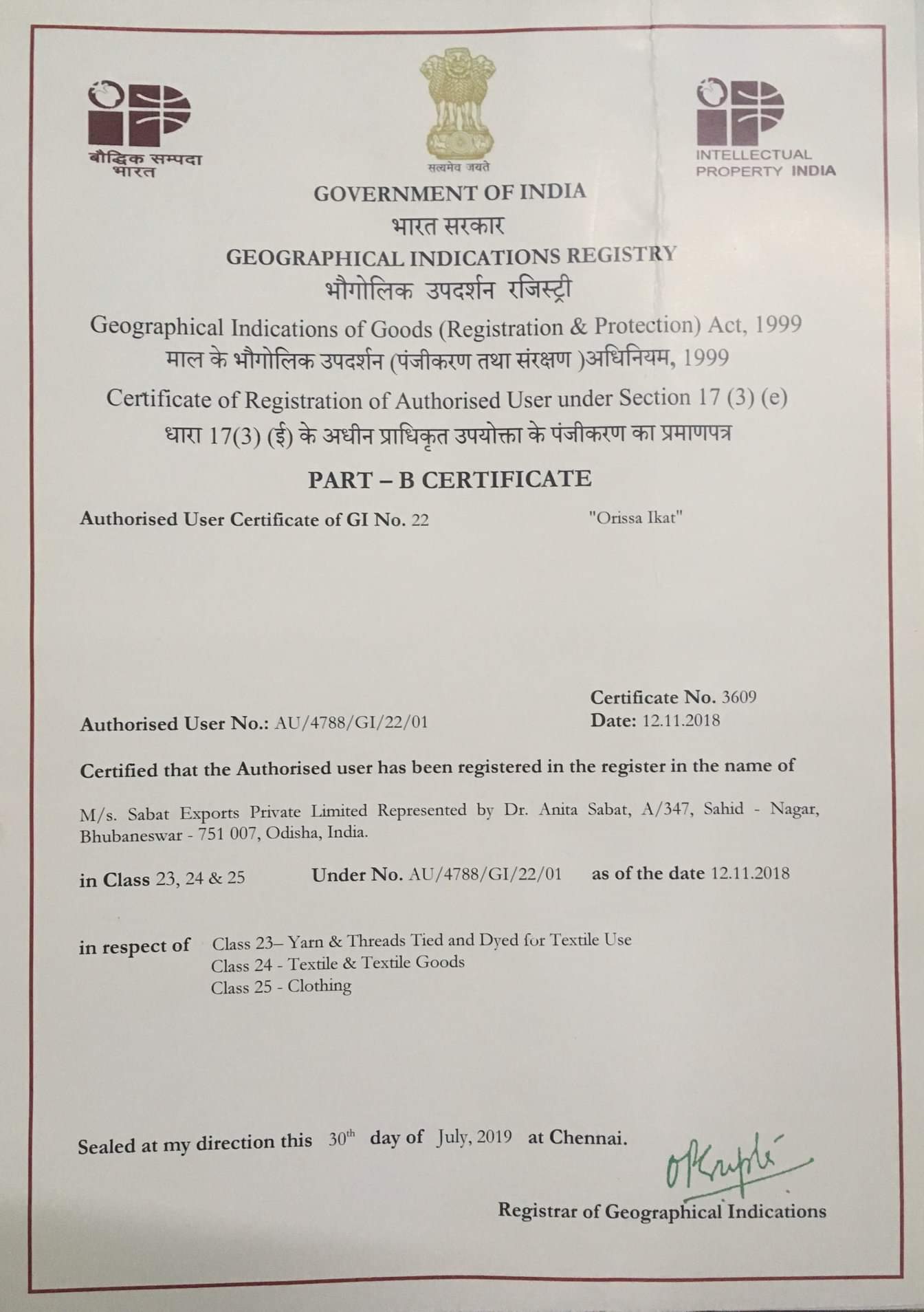
Mini Pasapali Wonder Red Saree
Choose options
|
Sambalpuri Bandha Saree & Fabrics from GI (Geographical Indications) document says that Tie & Dye weaving in western Odisha came into existence during 600 BC. In traditional handwoven ikat or baandha, one of warp/weft is tied and dyed prior to weaving (single ikat) or both warp and weft are tie-dyed before weaving (double ikat). Weavers are distributed in Bargarh, Boudh, Sonepur, Bolangir, Nuapada & Sambalpur & some parts of Dhenkanal, Kalahandi, Sundargarh, Jharsuguda districts where Meher community reside. For weaving, traditional pit loom with throw/fly shuttle technique is used. Varieties are Sonepuri, Pasapali, Bomkai, Sachipar, Bichitrapuri, Bapta (Cotton & Silk mixed) etc, sarees. 'Pasapalli' saree is amongst the most beautiful sambalpuri sarees. Pasa refers to the ancient game of chess played since Mahabharat times where the dice rolling set on course the fate of the players. The checkerboard pattern is double ikat- meaning both warp and weft are tied and dyed before weaving. That is why it is classy and timeless- as the red reinforces on red, black on black, white on white making the colors stand out on those checks! This is a 13 kuthi (houses) Pasapalli but sambalpuri weavers make upto 55 houses or more also, especially in silk. The anchal has waves and flowers ikat. Make this a chic addition to your wardrobe for the scorching summer, or indeed any time of the year! The specially designed blouse worn by model can be purchased here-PASAPALI SLEEVES (BLOUSE) |

